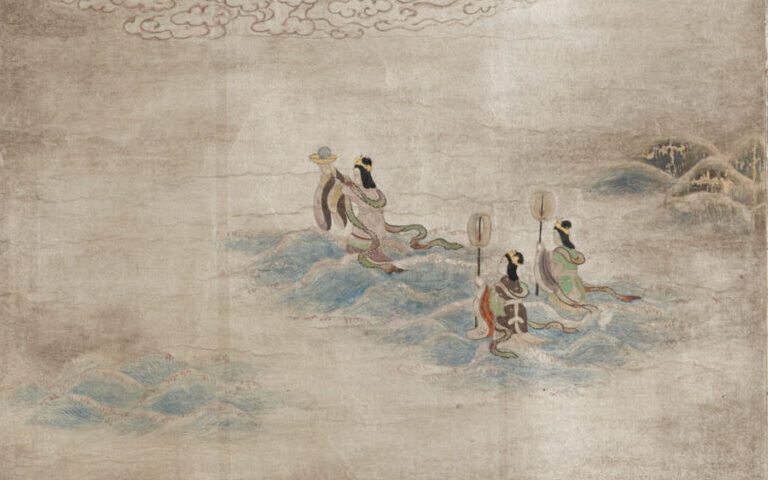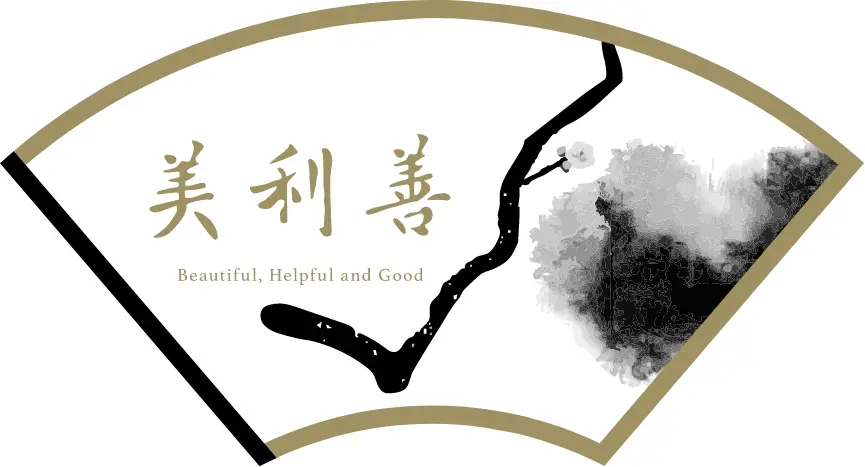The Girls Go to Meet the God of Manga

Osamu Tezuka (1928-1989), known as the “God of Manga” during his lifetime, is said to have battled illness and continued to draw manga until shortly before his death.
Many outstanding manga artists have emerged from among the young readers influenced by Tezuka’s works.
At the exhibition “Asaki Yumemishi (original “The Tale of Genji”)” x “Hi Izuru Tokoro no Tenshi (“Emperor of the Land of the Rising Sun”)” recently held in Sapporo City, the episode of the encounter between the manga god and the great masters of the girls’ manga world, Ms. Waki Yamato and Ryoko Yamagishi, was particularly impressive.
One winter day 59 years ago, the two girls heard that Mr. Tezuka was going to give a drawing demonstration and lecture at a department store event in Sapporo, and they rushed to the packed venue with their own works in hand.
The courage of the girls, who kept their eyes on the God of Manga as he left the venue and called out to him themselves, and the kindness of the God, who willingly agreed to review their works that evening despite his extremely busy schedule, were vividly expressed in Ms. Yamagishi’s handwritten manga and in the words of the two great masters themselves.
They were so nervous to receive the review and feedback directly from the God of Manga that they could not even touch the tea served at the table.
However, even as a third party, I could feel that every word they exchanged with the God of Manga at that time greatly encouraged their subsequent debut and the blossoming of their talents.
The final scene of the manga was accompanied by a message from Ms. Yamagishi: “Meeting the God of Manga, Osamu Tezuka at that time is my treasure.”
All of us at our NFT marketplace “Tou Chakai” will continue to work diligently to make Tou Chakai an irreplaceable place for the advisors and the advisees who use it.
We hope that you will continue to watch over us with strict and warm support for many years to come.
Image source: ColBase
“Drawings of Mountings of Sutra Scrolls Donated by the Heike Clan to Itsukushima Shrine”, Meiji period, 19th century, Tokyo National Museum Collection

